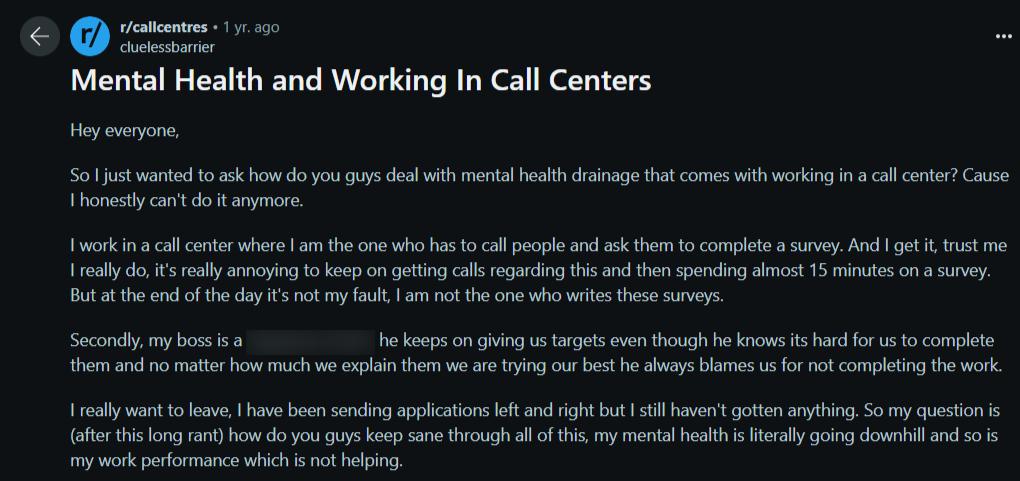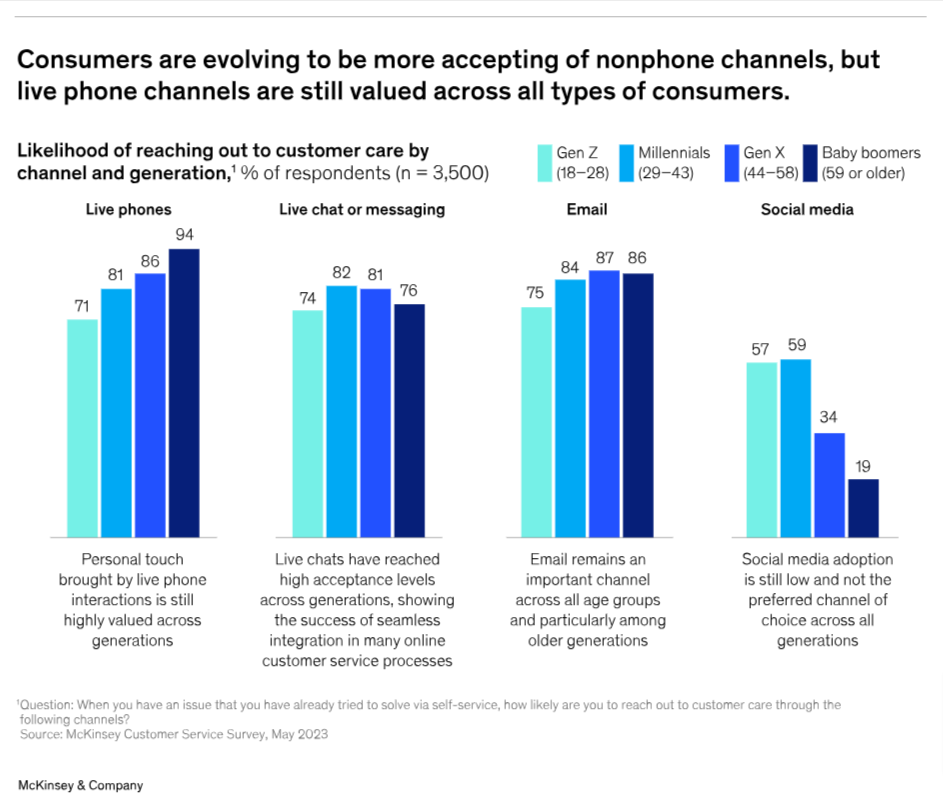Running a contact center isn’t easy. Between managing customer expectations, keeping up with technology, and ensuring your team has the right support, it can feel like an uphill battle. Despite all the effort, many contact centers still find themselves falling short of their goals. So, what’s really holding them back? It’s not just about training or resources — it’s often a mix of everyday challenges that pile up and prevent these centers from operating at their best.
Here are a few challenges contact centers have to contend with.
1. Call center reps don’t have enough support
Many support agents say that they don’t have enough resources to train at the moment. Here are a few reasons why:
- Their managers don’t have the time to offer one-on-one feedback
- They aren’t onboarded properly so they miss out on critical details
- They don’t have the time to take part in training sessions
- They don’t know what resources exist for training
In all of these cases, support reps are siloed and eventually become ill-equipped to handle unexpected or complex issues.
To add to the problem, reps are overburdened with high call volumes and other tasks, which impacts their work-life balance. A McKinsey report found that 30% of employees leave a company due to burnout — a result of this imbalance.
Also, when you deal with angry customers day in and day out, eventually it impacts your health. A quick search on Reddit surfaces hundreds of stories of reps that feel the “heat,” so to speak — and eventually quit. They’re overburdened, understaffed, and unsupported.

Source: Reddit
2. Performance reviews are a game of luck
Depending on your company, performance reviews can happen once per month, quarter, or year. And the evaluation you get really depends on your luck.
Your manager could pick a random call recording, which might be the best or worst performance of your life. In either case, the final feedback is subjective. And you don’t have the opportunity to get the ongoing feedback you need to improve.
Plus, managers often rely on quantitative metrics alone, or they evaluate employees using different methods each time. The lack of a standardized approach to training and feedback hurts employee retention and satisfaction.
And the worst part of these spotty reviews is how it impacts promotions, compensation bumps, bonuses, even your employment with the company.
3. Reps are dealing with increasing call volumes
Many CX leaders say that call volumes are rising. According to Deloitte’s report, channel expansion is one reason for this. Even as you expand channels, customers still want to talk to an agent after they’ve exhausted their self-service options. But there’s a downside to this. Support agents are overwhelmed with the onslaught of calls, legacy systems, and mounting information.

Source: McKinsey
As agents scramble to manage this growing workload, they often find themselves rushed, leading to shortened call times and potentially compromised service quality.
Agents can’t navigate these challenges on their own. And if every company’s priority is to improve customer experience — they can’t do so without improving the underlying employee experience, too.
4. Mounting pressure to offer personalized experiences
CX leaders face their own set of challenges. Customer expectations are rising. Salesforce's State of the Connected Customer survey found that 88% of customers say the experience matters as much as the product or service.
Also, 70% of CX leaders are rethinking the entire customer journey. Currently, 71% of organizations use voice channels to resolve escalated issues.
Yet contact centers often lack the resources to deliver this level of personalized service at scale. Tools like AI help, but implementation is still a question mark since there aren't many purpose-built tools for call centers.
5. AI doesn’t fully fit into their workflows (yet)
Even though there’s potential for AI to resolve these challenges, adoption comes with its own bottlenecks. There are three challenges to using AI at contact centers:
- It doesn't work well because it’s not purpose-built (tools like ChatGPT)
- Current systems don't support it (legacy systems)
- Employees aren't trained yet (no training support)
Here’s an excerpt from a recent New York Times article on this issue:
She (Ms. Ylonda Sherrod, vice president of AT&T’s local union chapter) is already finding her job growing more challenging with AI. The automated technology has a hard time understanding Ms. Sherrod’s drawl, so the transcripts from her calls are full of mistakes. Once the technology is no longer in a pilot phase, she won’t be able to make corrections.
Even though AT&T is still refining these products, there’s a lot to be desired.
Contact centers need more robust tools designed for their purposes, like a tool that reads all support documents and surfaces relevant ones during a live call.
Build an AI-enabled contact center
At the end of the day, contact centers are dealing with a lot: staffing issues, outdated processes, and ever-evolving customer needs. While there’s no magic solution to fix everything overnight, understanding these obstacles is the first step to improving performance. With a clearer view of what’s standing in the way, contact centers can start taking small but meaningful steps toward reaching their full potential.
See what your AI-enabled contact center could look like in this on-demand webinar: Risk-free sales simulations with RolePlayAI. You’ll learn how RolePlayAI:
- Provides a risk-free environment for skill development
- Scales on-demand training for geographically dispersed teams
- Accelerates onboarding and improves sales performance
